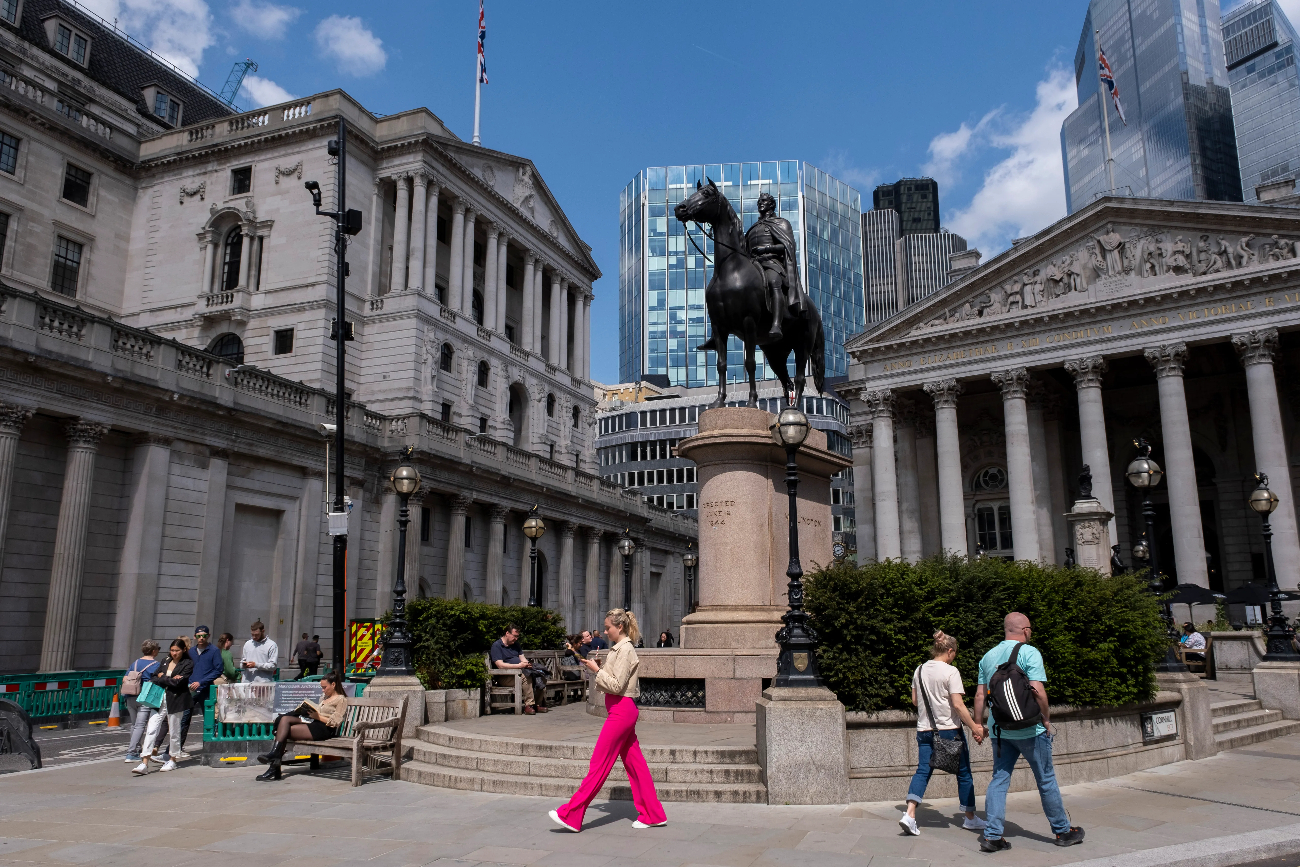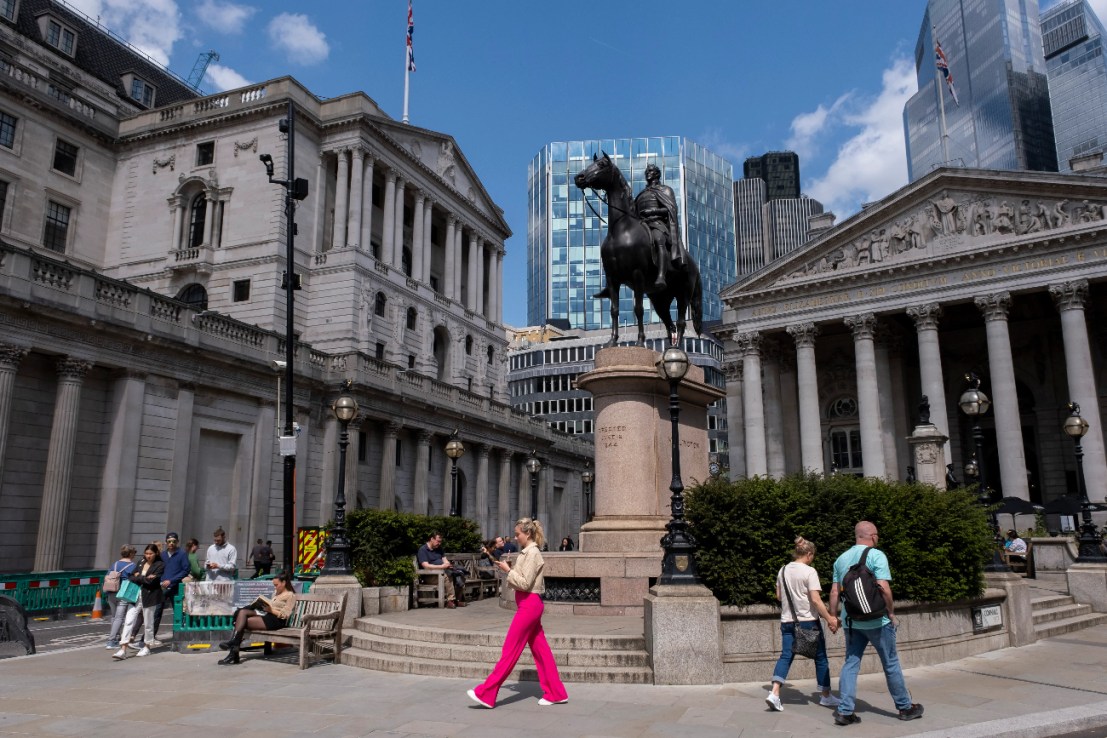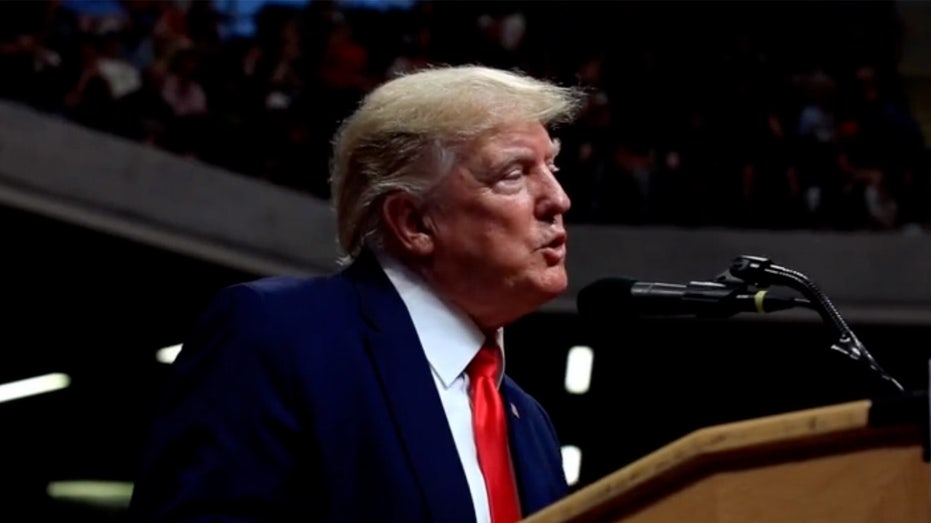Bank of England’s hawks and doves have plenty to ponder after hot wage growth
Its anybody's guess what the Bank of England will make of the latest labour market figures, published this morning.


Its anybody’s guess what the Bank of England will make of the latest labour market figures, published this morning.
These figures have taken on increased prominence for markets and economists at a time when the Bank of England is considering when to start cutting interest rates.
Over the past few weeks we’ve heard more from the Bank’s hawkish wing. They’ve warned about the dangers of cutting when the labour market remains too tight, but the latest batch of figures had something for the hawks and the doves.
The figures clearly pointed to a loosening labour market, suggesting that the Bank of England’s historic bout of monetary tightening is working to slow the economy.
Unemployment jumped to 4.2 per cent, its highest level since July last year and up from an upwardly revised 4.0 per cent last month.
Although there is good reason to be sceptical about the unemployment figures given the falling response rates to the Office for National Statistics’ flagship survey, other indicators also suggested that the labour market was loosening.
February marked the third consecutive month in which there were over 100,000 redundancies while real time HMRC data showed the largest fall in payrolled employees since 2020. Vacancies meanwhile fell for the 21st consecutive quarter.
“The rise in unemployment in the three months to February must be treated with a healthy dose of scepticism,” Andrew Goodwin, senior economic adviser to the EY Item Club said.
“That said, it does fit with vacancies continuing to drift lower and the HMRC payroll measure of employment falling, so overall there is fairly strong evidence that labour market conditions are loosening,” Goodwin continued.
Add this to recent survey data, which has pointed to a fairly rapid loosening in the labour market, and it seems that there’s a fairly clear picture emerging of a labour market that is feeling the pinch.
The only problem for the Bank is that wages barely budged.
Rate-setters are concerned that high levels of wage growth could fuel persistent inflation, particularly in the labour-intensive services sector. Services inflation still stands at over six per cent.
Regular pay growth fell to six per cent in February, marginally lower than last month’s reading of 6.1 per cent but ahead of the 5.8 per cent expected by economists. Including bonuses, annual pay growth remained stuck at 5.6 per cent.
Economists at Investec said the wage figures were “a touch disappointing”.
More worrying still, the Bank’s preferred measure – private sector regular pay growth – jumped 0.9 per cent in February, its highest reading since May last year and well ahead of the 0.4 per cent averaged over the past three months.
Analysts at Nomura pointed out that these figures tend to be revised up around 0.2 percentage points.
So what will the Bank of England make of it all?
Hot wage growth makes it all but inevitable the Bank will hold rates in May but June is still on the cards if a looser labour market contributes to lower wage growth. That’s by no means a certainty though.
Before then there’s March inflation data, out tomorrow, which will give the Bank plenty to think about.



